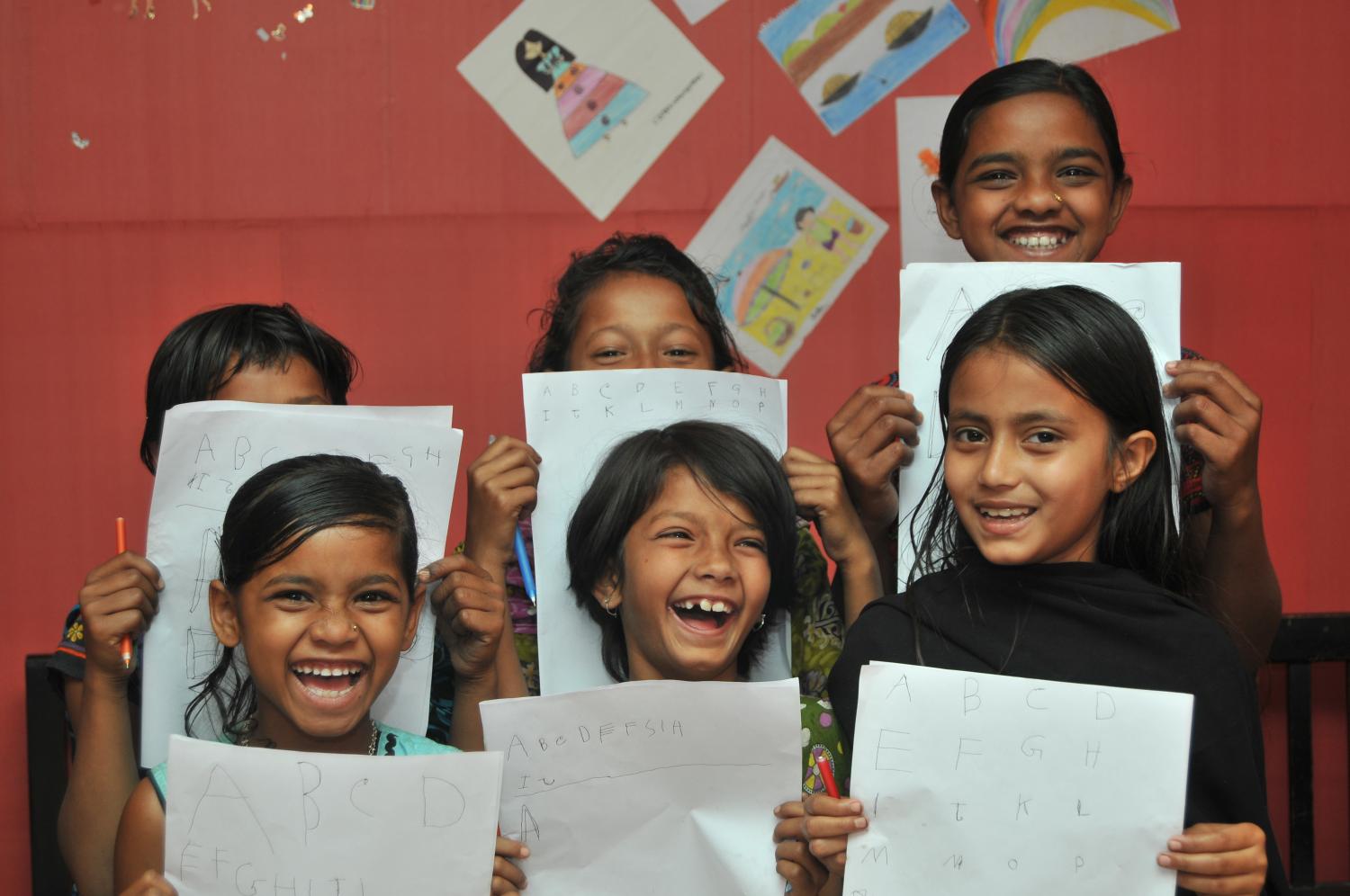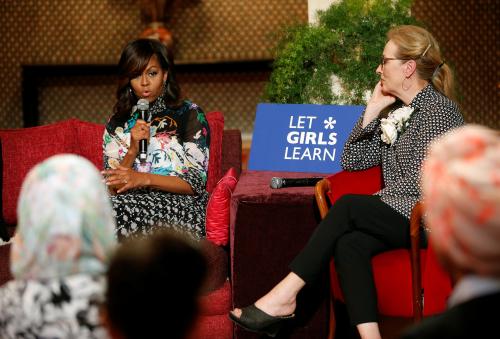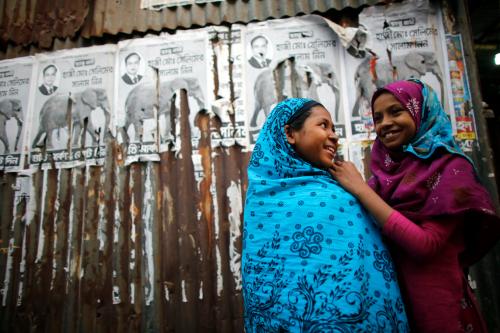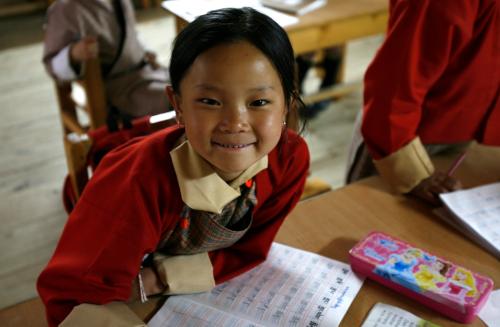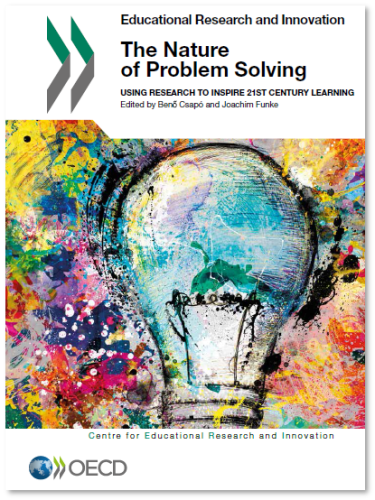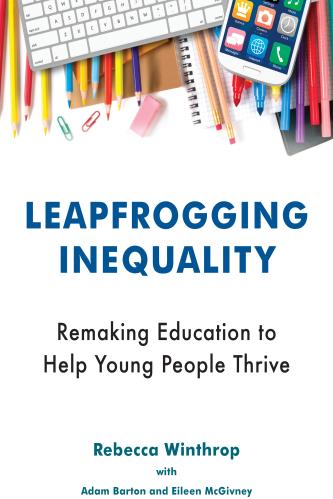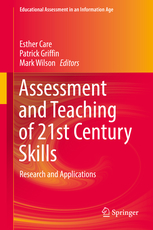Research around the world has demonstrated the important role that education plays in the empowerment of girls and women. Providing girls with a quality education can help prevent early marriage, prevent drop out from school, facilitate successful transitions to adulthood, increase wages, and launch them into more active roles leading their communities. In short, a quality education can “kick-start a virtuous cycle of development.” But in Bangladesh, despite tremendous progress enrolling 3.9 million girls in secondary school in 2005—up from 1.1 million in 1991—the majority of girls are not receiving a quality, relevant education in a safe, supportive, and empowering environment.
One major but unrecognized force behind the enrollment success in Bangladesh is the rise and recent reform of madrasa education. With over 1.5 million girls in the country attending school in Aliya (reformed) madrasas, madrasa education has become the preferred form of schooling for the more religiously minded communities in the country. Observing Islamic religious teachings—for example, about girls and boys occupying separate spaces—madrasas give parents a peace of mind when it comes to concerns about protecting the honor of their daughters while in school. For these religiously minded parents, madrasas—which offer both secular and religious education—offer a comforting response to the social influence of a rapidly globalizing world. Poor and rich parents alike are turning away from “regular” state schools to madrasas to help preserve the social values of society, and they are choosing to send their daughters to madrasas on the belief that madrasas are safer for girls. Unfortunately, few studies have been conducted on madrasas and reliable gender-disaggregated educational statistics for madrasas are not collected by the state. Therefore, little is known about the particular challenges girls face when being educated at a madrasas.
Even though madrasas provide over 1.5 million girls in Bangladesh the opportunity to be educated, the data that do exist indicate that the majority will not complete secondary school or transition to university. According to madrasa principals in Sylhet interviewed by the principal author, only 3-4 percent of girls matriculating from Aliya madrasas will go on to complete a tertiary education. Data from the Madrasa Education Board of Bangladesh on the number of girls and boys who sit for their grade 8 (Junior Dakhil Certificate, JDC), grade 10 (Dakhil), and grade 12 (Alim) exams give an approximation of the female dropout rate from madrasas in the Sylhet region: On average, 33 percent fewer girls sit for their grade 10 exams than on the grade 8 exam. By the time they sit for their grade 12 exam, 79 percent of girls from the original cohort have disappeared from school. This is compared to 16 percent and 66 percent fewer boys not appearing for their grade 10 and 12 exams, respectively. Furthermore, only a small percentage of girls attending madrasas will enter the labor market.
Although the lack of data severely constrains what we know about girls’ education in madrasas, observations in and experience with co-educational madrasas in the Sylhet region, where the principal author’s nongovernmental organization (NGO) Empowerment and Human Development Society (EHDS) has worked, indicate that girls face multiple challenges stemming from poor quality education and an unwelcoming classroom environment for girls. For example, most madrasas are run by male principals and classes are taught by male teachers. In some rural madrasas that observe Islamic religious teachings about gender segregation, a cloth divider is used to separate girls from boys and male teachers in the classroom, affecting girls’ ability to see the blackboard and sometimes even their teachers.
Understanding issues like how cloth dividers, a lack of female teachers, an irrelevant curriculum, or poor educational quality affect girls’ ability to learn in madrasas are largely unknown and left unaddressed, first, because little research is conducted on girls’ education issues in madrasas; second, because madrasas receive less attention from the national and local governments; and, third, madrasas are often not engaged by NGOs working on improving gender equality in schools. If left to the status quo, over 1.5 million girls in Bangladesh’s madrasas will be unable to receive a quality education, will continue to drop out of madrasas in large numbers, and will not experience the empowering benefits of education. This discussion guide and program plan attempts to fill the gap in knowledge and call on the government of Bangladesh, NGOs, and local community leaders to take serious action to improve the quality of girls’ education in madrasas. Drawing on existing literature, interviews conducted with madrasa principals in the Sylhet region, and the principal author’s 15 years of experience in education in Sylhet, including working with 300 madrasas in the region, the recommendations put forward outline a plan of action for the next five years.


